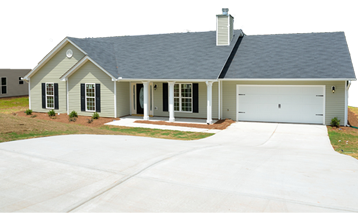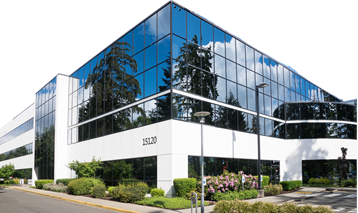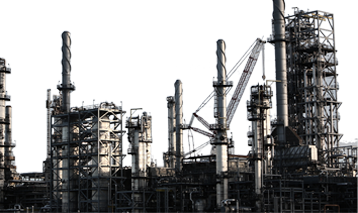Call today! We‘re here to help (361) 580-2687
Residential Flood and Mold Treatment Services
Flood Remediation Scope of Service
Materials Needed: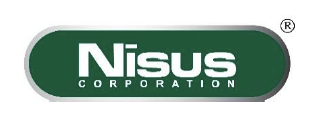
- Bora-Care with Mold Care or Bora-Care
- Nisus DSV
- Mold-Clean (Note: Texas does not permit the removal of mold without a mold license)
- Bac-Azap
- Application Equipment and Tools as Needed
- Personal Protection Equipment per Product Labels and Environment
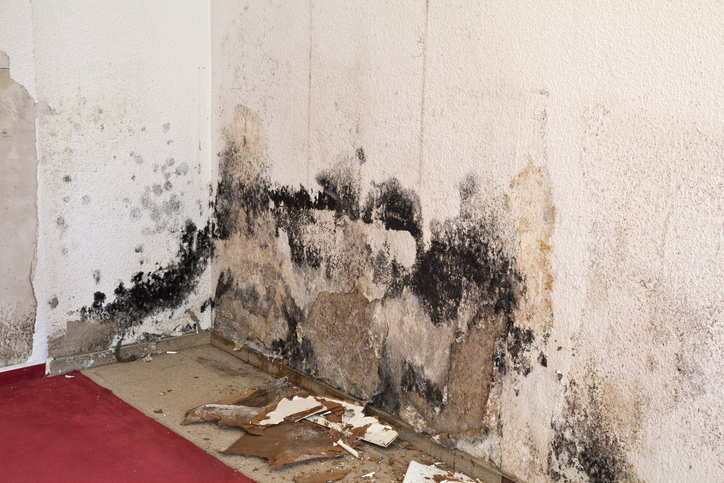
Background: If a structure has been flooded, steps should be taken to dry and treat exposed wood to prevent insects and other wood destroying organisms. Unaddressed wet wood can lead to insect infestation and fungal growth.
Important: Always understand certification and licensing requirements in the state where work is performed and ensure compliance with state regulations. When using products, always read, understand, and follow the label directions. Bleach is not recommended except when small areas are to be cleaned as it can damage wood. Bleach is corrosive and can damage electrical connections, metal fixtures, fittings, and other household items creating safety hazards.
Step by Step Procedures:
- Initial Removal of Materials. Remove remnant water and all structural debris. This includes furniture, appliances, and all wet and unsalvageable items from the site. This may be done by a contractor, a homeowner, or may be a service offered by the pest control company.
- Wall Covering Removal. Remove drywall, plaster, or other wall coverings up to the highest seam. Remove all compromised insulation to expose wet wood. If water mark was exceptionally high, then remove coverings two to three feet above the highest water mark. Disinfect by spraying materials with an EPA registered disinfectant, such as Nisus DSV.
- Preparation of Wood Members and Interior Studs. Clean wood by spraying Mold-Clean on affected areas, scrubbing, then rinsing with clean water. Power-washing the wood is ideal after the application of Mold-Clean. Note: Texas does not permit removal of mold without a mold remediation license.
- Wood Treatment. It is best to spray wood members after cleaning and power washing while the wood remains wet. This allows better penetration of Bora-Care. Apply Bora-Care with Mold Care at a 5:1 ratio to all wood members per label. Afterwards, for re-application of a termite preventative treatment, apply Bora-Care at a 1:1 ratio to all wood members 24 inches up from the foundation per label.
- Drying. Wood may be allowed to dry naturally after wood treatment application. However, the use of fans and dehumidifiers strategically placed among the structure will help facilitate the drying. Open closets and cabinets and allow air to flow freely throughout the structure.
- Odor Control. If odors persist use Bac-Azap. Apply directly to source of odors and surrounding areas. Apply at the rate of 1 quart per 100 square feet of surface area.
- Repairs. Repairs such as closing the walls may commence when the wood is sufficiently dry. FEMA recommends that walls not be closed until the wood moisture content is less than or equal to 15%.

